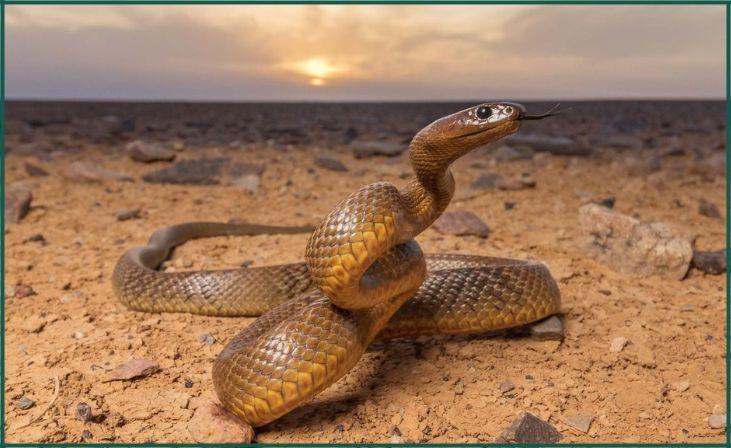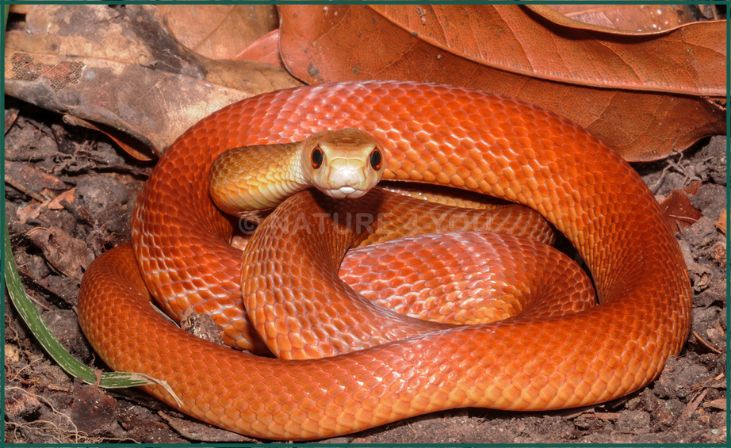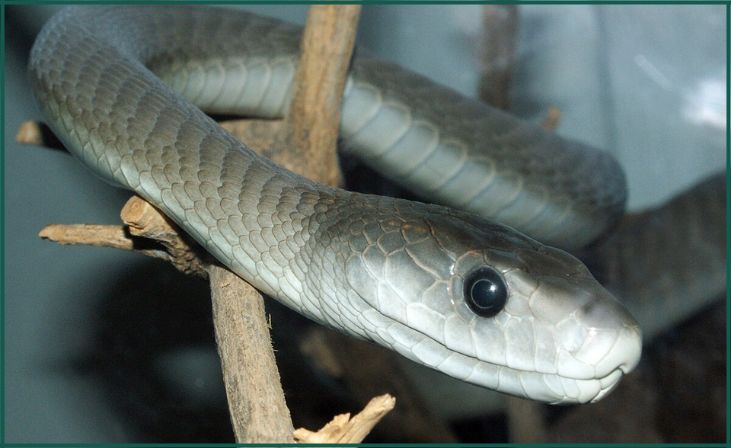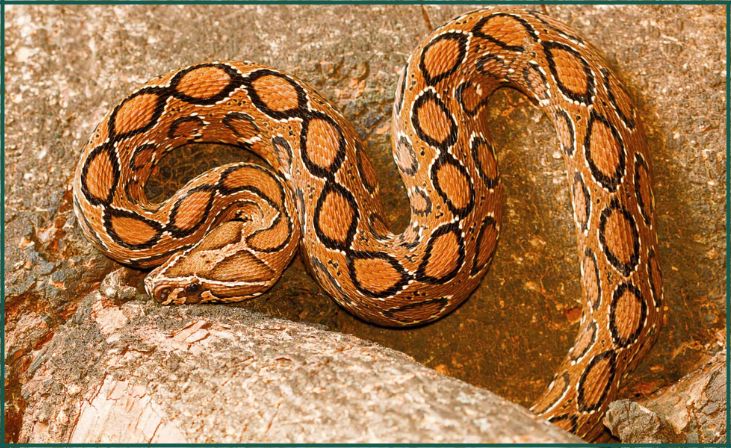Deadliest Snakes In The World – Snakes have long captivated human fascination, evoking both fear and awe. Among these creatures, some stand out for their deadly venom and formidable reputation as apex predators. Understanding these deadly snakes is crucial not only for those who live in their habitats but for anyone who ventures into snake territory. In this article, we delve into the world of seven of the deadliest snakes, exploring their habitats, venom composition, and the impact they have on human populations. From the inland taipan, known for its potent venom, to the stealthy black mamba, infamous for its speed and lethality, each of these species presents unique challenges and dangers. By shedding light on these fascinating yet dangerous creatures, we aim to enhance awareness and promote coexistence between humans and snakes. Join us on this journey through the perilous realm of some of the world’s deadliest serpents, where danger lurks beneath every scale.
Table of Contents
ToggleDeadliest Snakes In The World
Inland Taipan (Oxyuranus microlepidotus):

The Inland Taipan, also known as the “fierce snake,” inhabits the semi-arid regions of central Australia. Despite its intimidating reputation, it’s typically elusive and rarely encountered by humans. This snake possesses venom that is incredibly potent, with LD50 values (lethal dose for 50% of tested animals) measured in mere micrograms per kilogram. Its venom primarily contains neurotoxins that disrupt the nervous system, leading to paralysis and potentially fatal respiratory failure. Fortunately, due to its remote habitat and low encounter rate, bites from the Inland Taipan are exceptionally rare, and antivenom is available to counteract its venom’s effects.
Also, Read – 8 Animals You Should Not Keep As Pets
Eastern Brown Snake (Pseudonaja textilis):

Found throughout eastern Australia, the Eastern Brown Snake is responsible for a significant proportion of snakebite fatalities in the region. Despite its name, it can vary in color from brown to orange or even black. Its venom is highly toxic, primarily comprising potent neurotoxins and coagulants. Bites from this snake can cause symptoms ranging from localized pain and swelling to paralysis and internal bleeding. Prompt medical treatment with appropriate antivenom is crucial in managing bites from the Eastern Brown Snake.
Coastal Taipan (Oxyuranus scutellatus):

The Coastal Taipan is another deadly snake endemic to Australia, primarily found in coastal regions of northern and eastern Australia. It is known for its lightning-fast strikes and potent venom, which is among the most toxic of any snake species. Like the Inland Taipan, its venom consists mainly of neurotoxins that can cause rapid paralysis and respiratory failure. Due to its potentially lethal bite, the Coastal Taipan demands respect and caution when encountered in the wild. Immediate medical attention and administration of antivenom are critical in treating bites from this snake.
Black Mamba (Dendroaspis polylepis):

The Black Mamba, native to sub-Saharan Africa, is renowned for its speed, agility, and highly toxic venom. Despite its name, its coloration ranges from olive-green to gray, with a distinctive black interior of the mouth, which it displays as a warning signal when threatened. The venom of the Black Mamba is primarily neurotoxic, attacking the nervous system and causing rapid paralysis and respiratory failure. Encounters with humans are relatively rare due to its preference for remote habitats, but when provoked or cornered, it can deliver multiple lethal bites. Prompt medical intervention with antivenom is crucial in treating Black Mamba envenomation.
Don't just scroll, subscribe!
BuzzTrail's unique web-stories are the cure for boredom you've been waiting for.
Also, Read – 7 Remarkable Animals That Live in the Andes Mountains
Tiger Snake (Notechis scutatus):

The Tiger Snake is a highly venomous species endemic to southern Australia, inhabiting diverse habitats such as forests, wetlands, and coastal regions. Its name derives from its distinctive striped appearance, which varies in intensity among individuals. The venom of the Tiger Snake contains a combination of neurotoxins, coagulants, and myotoxins, leading to symptoms such as paralysis, internal bleeding, and tissue damage. Bites from Tiger Snakes can be life-threatening without prompt medical intervention, including the administration of antivenom.
Russell’s Viper (Daboia russelii):

Russell’s Viper is a venomous snake found throughout South and Southeast Asia, commonly encountered in agricultural areas and human settlements. It possesses a potent hemotoxic venom, causing symptoms such as tissue necrosis, hemorrhage, and organ failure. Despite its often sluggish demeanor, Russell’s Viper can deliver rapid strikes when threatened, leading to numerous snakebite fatalities in its range. Effective treatment of envenomation includes the timely administration of specific antivenom and supportive care to manage complications.
Saw-scaled Viper (Echis carinatus):

The Saw-scaled Viper is a small but highly dangerous snake found in arid regions of Africa, the Middle East, and parts of Asia. It is named for the distinctive rasping sound it produces by rubbing its scales together when threatened. Despite its small size, it is responsible for a significant number of snakebite fatalities due to its potent hemotoxic venom. Bites from the Saw-scaled Viper can lead to severe pain, swelling, tissue damage, and systemic effects such as hemorrhage and organ failure. Immediate medical treatment with appropriate antivenom is essential to prevent complications and improve outcomes for those bitten by this snake.
Conclusion
Conclusion: In the realm of deadly snakes, awareness is paramount. By understanding these creatures’ habitats, behaviors, and venomous capabilities, humans can better navigate shared environments and mitigate risks. Conservation efforts are equally crucial to safeguarding both snake populations and human communities. Let us remember that while these snakes command respect for their potency, they are also integral components of their ecosystems. Through education, conservation, and mutual respect, we can foster a harmonious coexistence with these formidable yet fascinating creatures, ensuring a safer world for all inhabitants, both human and serpent alike.
FAQs
What is the deadliest snake in the world?
What is the deadliest snake in the world?
The title of the deadliest snake is often attributed to the Inland Taipan, also known as the “fierce snake.” Its venom is incredibly potent, capable of causing rapid paralysis and death if not treated promptly.
How fast can a black mamba strike?
How fast can a black mamba strike?
The black mamba is one of the fastest snakes in the world, capable of striking at speeds of up to 12 miles per hour (19 kilometers per hour).

